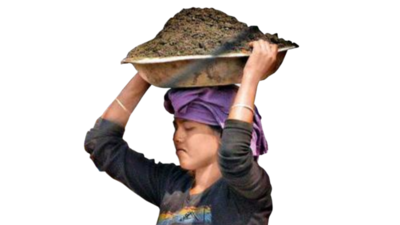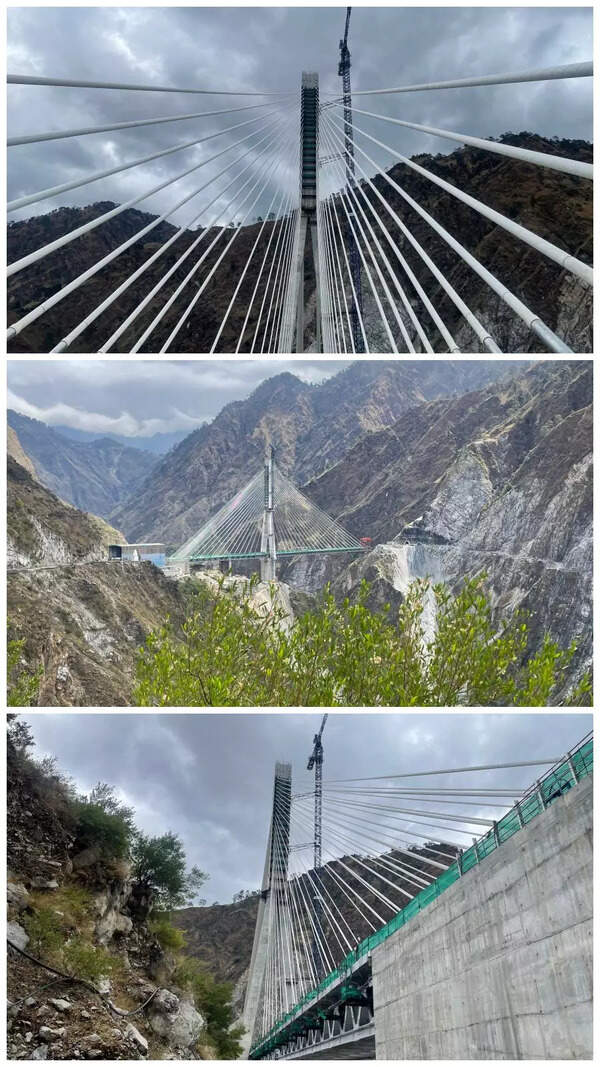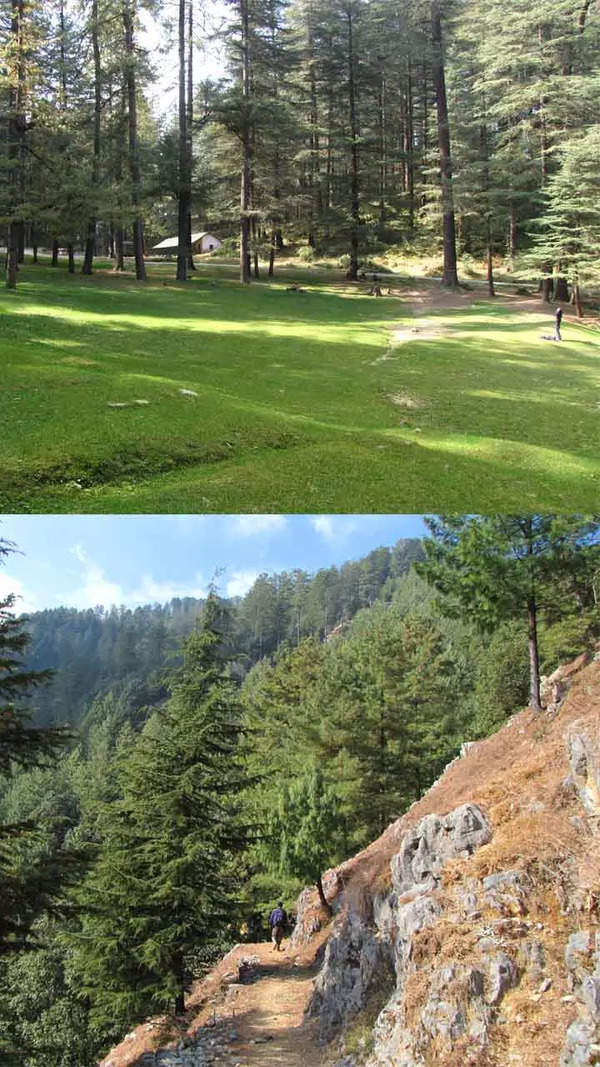- News
- City News
- ahmedabad News
- 'Women workers in Gujarat get paid 25% less than men'
Trending Topics
'Women workers in Gujarat get paid 25% less than men'

The report stated that the pay for women in both rural and urban areas of the state was less than the national average of Rs 265 and Rs 333 respectively
AHMEDABAD: The recently published 'Women and Men in India 2022' report by National Statistical Office (NSO) of Government of India indicated that for the April to June 2022 period, the pay disparity between male and female casual labourers was 25% in urban areas and 26% in rural areas of Gujarat.
According to the report, based on Periodic Labour Force Survey (PLFS) of NSO, male workers were paid Rs 390 and female workers Rs 312 in urban areas, whereas the figures were Rs 304 and Rs 242 respectively for rural areas.

The report stated that the pay for women in both rural and urban areas of the state was less than the national average of Rs 265 and Rs 333 respectively.
Manali Shah, national secretary of SEWA, said that despite measures such as the Equal Remuneration Act, it's a stark reality of the society that the women are usually paid less for work.
"There is also a gap between the wages of urban and rural women. The reason could be relatively few opportunities in rural areas," she said.
Reflecting on the report's highlight that Gujarat had 71.4% self-employed rural women compared to the national average of 67.8%, she said that the state and country at large is now identifying the self-employed women. "Many activities that bring in money are not just 'side income.' The women are being recognized for their vocations," said Shah.
Jharna Pathak, secretary of AWAG, said that the issue lies in non-documentation of casual labourers. "There is no methodology to track or capture the huge informal sector in India. Thus, we would not be able to get the right assessment of the wages and pay disparity," she said.
The report highlighted that in Gujarat, 71% of the demonstrators or tutors were women, but when it came to associate professor or reader levels, the figure dropped to 33%; for the level of professor, it dropped to 28%. Pathak said that women get relatively few opportunities when it comes to the highest positions in academia.
"One can also look at the number of women vice chancellors in the state or in the decision-making bodies," she said.
The report indicated that the bank accounts held by men were about 3.4 times higher than women in Gujarat, and higher than the national average of 2.6 times.
The impact of Covid on education was also chronicled - the number of females receiving education dropped from 40.7% in 2019-20 to 39.3% in 2021-22. On the other hand, male students increased from 60.9% to 62.6% in the same period.
According to the report, based on Periodic Labour Force Survey (PLFS) of NSO, male workers were paid Rs 390 and female workers Rs 312 in urban areas, whereas the figures were Rs 304 and Rs 242 respectively for rural areas.

The report stated that the pay for women in both rural and urban areas of the state was less than the national average of Rs 265 and Rs 333 respectively.
Manali Shah, national secretary of SEWA, said that despite measures such as the Equal Remuneration Act, it's a stark reality of the society that the women are usually paid less for work.
"There is also a gap between the wages of urban and rural women. The reason could be relatively few opportunities in rural areas," she said.
Reflecting on the report's highlight that Gujarat had 71.4% self-employed rural women compared to the national average of 67.8%, she said that the state and country at large is now identifying the self-employed women. "Many activities that bring in money are not just 'side income.' The women are being recognized for their vocations," said Shah.
Jharna Pathak, secretary of AWAG, said that the issue lies in non-documentation of casual labourers. "There is no methodology to track or capture the huge informal sector in India. Thus, we would not be able to get the right assessment of the wages and pay disparity," she said.
The report highlighted that in Gujarat, 71% of the demonstrators or tutors were women, but when it came to associate professor or reader levels, the figure dropped to 33%; for the level of professor, it dropped to 28%. Pathak said that women get relatively few opportunities when it comes to the highest positions in academia.
"One can also look at the number of women vice chancellors in the state or in the decision-making bodies," she said.
The report indicated that the bank accounts held by men were about 3.4 times higher than women in Gujarat, and higher than the national average of 2.6 times.
The impact of Covid on education was also chronicled - the number of females receiving education dropped from 40.7% in 2019-20 to 39.3% in 2021-22. On the other hand, male students increased from 60.9% to 62.6% in the same period.

About the Author
Parth ShastriParth Shastri is senior correspondent at The Times of India, Ahmedabad. He reports on crime as well as issues related to traffic in the city, forensic investigation, archaeology and emergency medical services.
Start a Conversation
FOLLOW US ON SOCIAL MEDIA
FacebookTwitterInstagramKOO APPYOUTUBE










